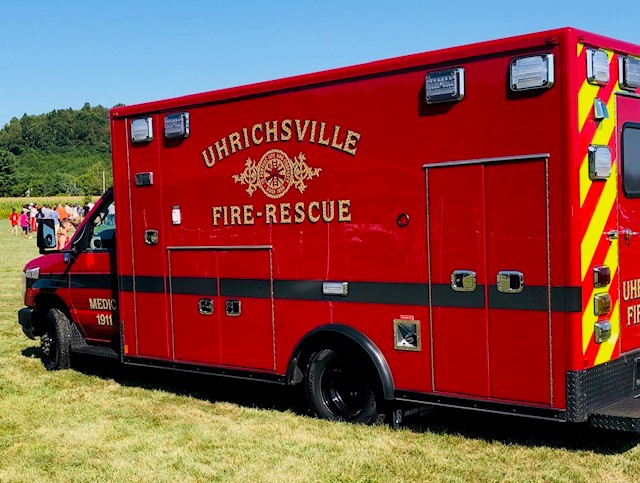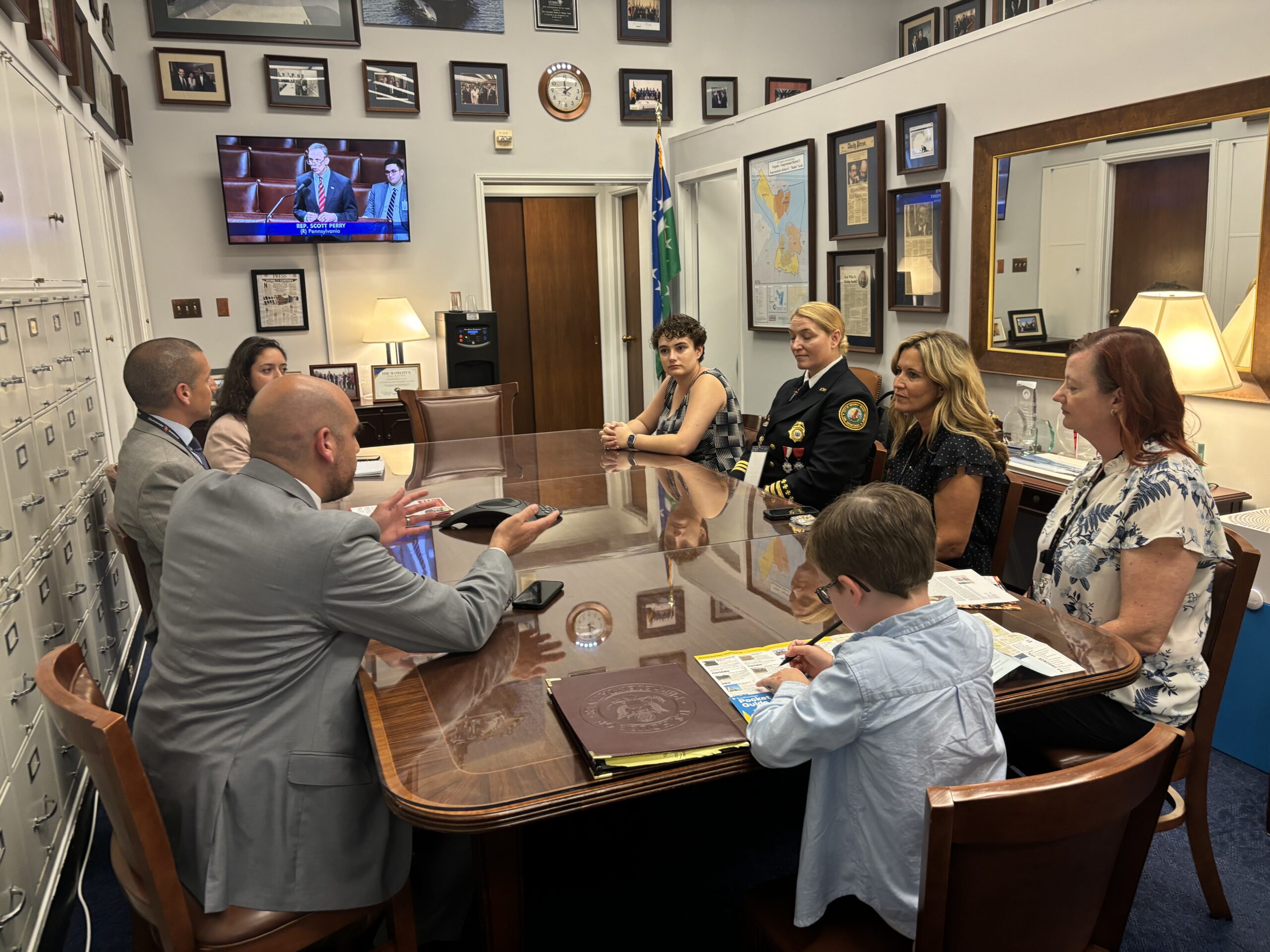By building coalitions with city council members and decision-makers, Uhrichsville, OH Local 4265 successfully made the case that fire-based EMS is in the best interest of public safety.
The Uhrichsville City Council officially voted to terminate its private ambulance service, making the Uhrichsville Fire Department the sole EMS provider in the city. This will also allow the city to hire additional emergency personnel.
The issue came to the forefront when the for-profit company proposed rate increases and a decrease in resources to the city.
Over the last 10 years, the fire department had transitioned to hiring fire fighter/ paramedics with hopes of one day providing fire-based EMS.
“Before 2016, we would respond to a scene to treat patients because of extended response times or no immediately available ambulance,” says Local 4265 President Nathan Crouse. “We had to wait for an ambulance to arrive to transport. This change is going to improve response times.”
With the assistance of the IAFF, Local 4265 launched an aggressive awareness campaign through social media to educate residents about the benefits of fire-based EMS. “We had to beat back some rumors from those who favored private service, but we worked with our friends on council and made sure that the facts were heard,” Crouse says.
Local 4265 has been working with elected leaders to accept this change ever since the fire department put its first medic into service in 2016. Since then, the department has been regularly responding to medical emergency calls and transporting patients – approximately 200 in the last year alone.
The fire department is now in the process of hiring additional fire fighter-paramedics.
With the hiring of additional personnel, the fire department can now add staffing to fire trucks, which will improve the safety of both residents and fire fighters, according to Crouse. He says the City of Uhrichsville also has offered to provide its EMS services to several surrounding townships, which could bring additional resources to both the city and contracted areas it serves.
“Through education and data collected since we began transporting patients in 2016, we were able to convince the city this is the right move and now we are eager to demonstrate it,” Crouse says.



